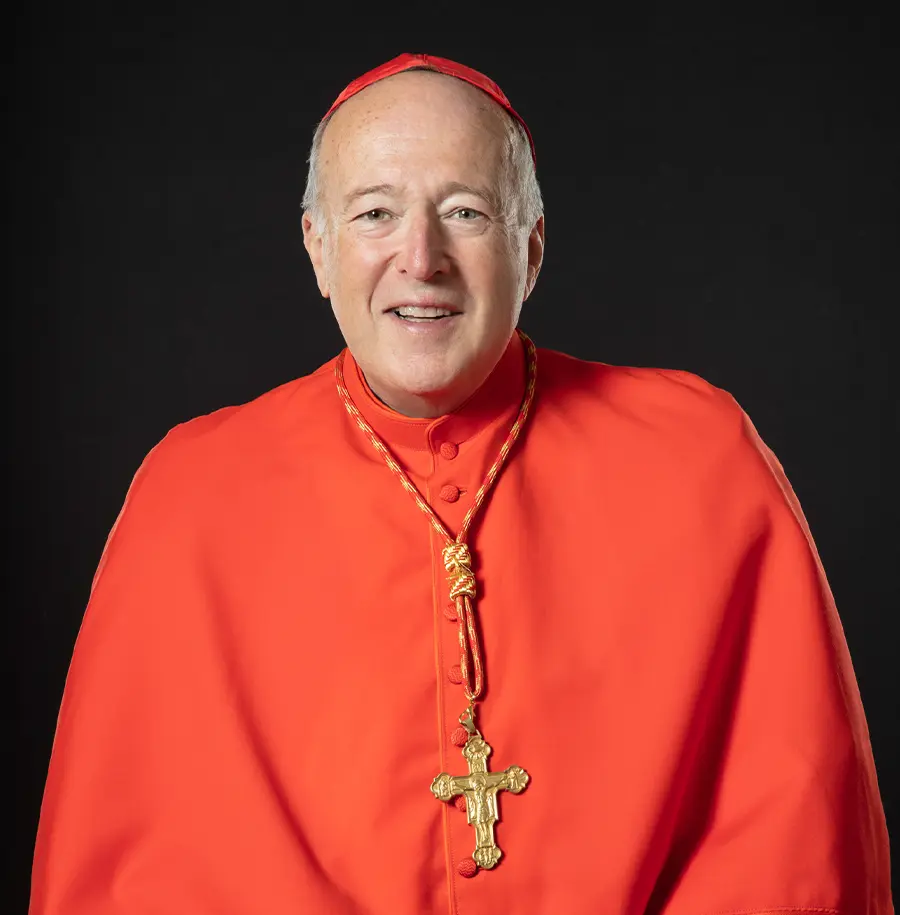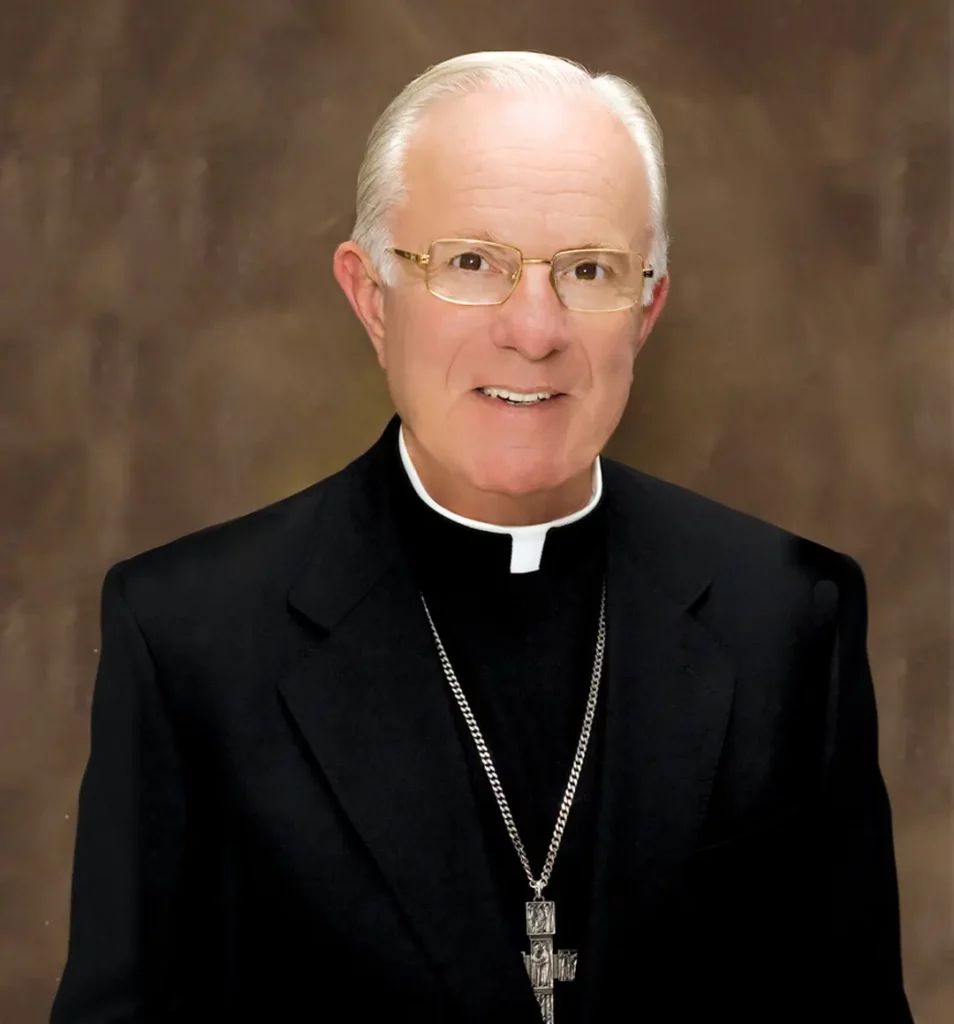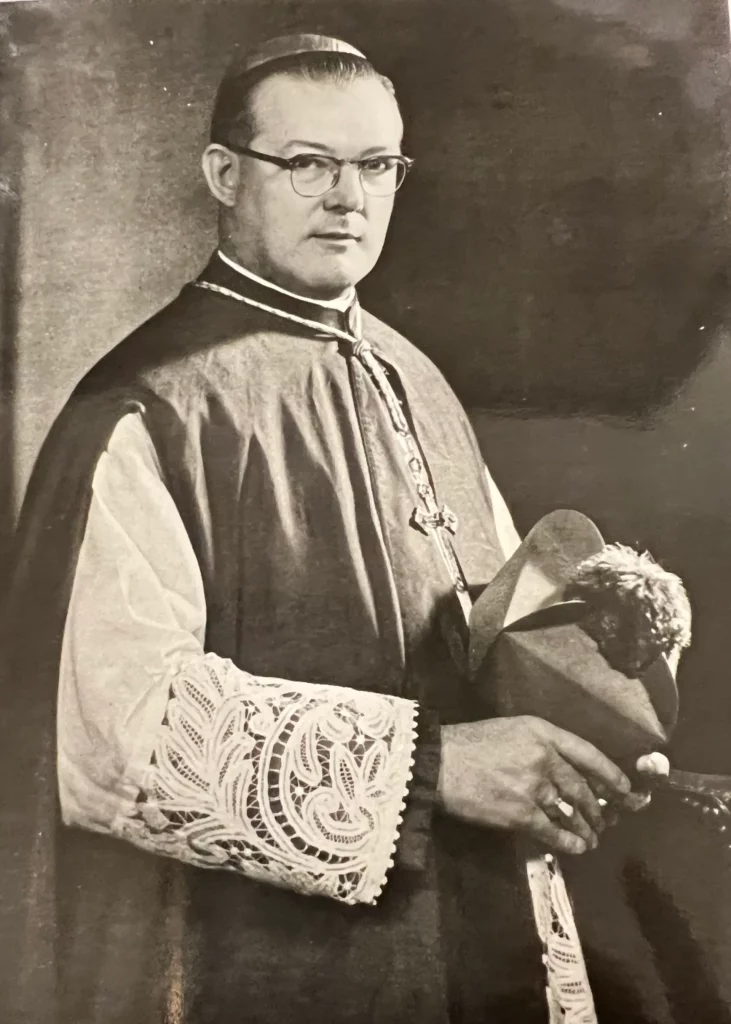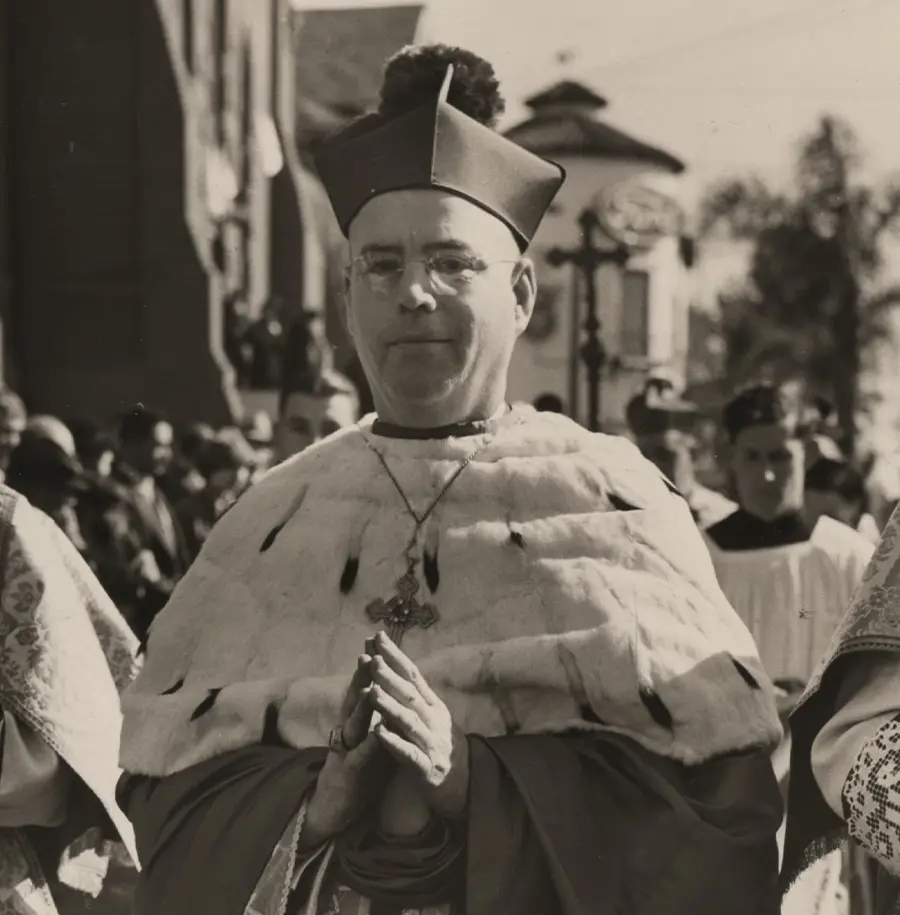Former Bishops of San Diego

HIS EMINENCE
Robert W. McElroy
Ordained
April 12, 1980
Appointed Auxiliary Bishop of San Francisco
July 6, 2010
Installed as Sixth Bishop of San Diego
April 15, 2015
Installed as Cardinal
August 27, 2022
Installed as Archbishop of Washington
March 11, 2025

MOST REVEREND
Cirilo Flores
Ordained
June 8, 1991
Appointed Auxiliary Bishop Orange
January 5, 2009
Consecrated
March 19, 2009
Appointed Coadjutor Bishop of San Diego
January 4, 2012
Died
September 6, 2014

MOST REVEREND
Robert H. Brom
Ordained
December 18, 1963
Appointed Bishop of Duluth
March 25, 1983
Installed
May 23, 1983
Appointed Coadjutor Bishop of San Diego
April 22, 1989
Succeeded as Fourth Bishop of San Diego
July 10, 1990
Retired
September 18, 2013
Died
May 9, 2022

MOST REVEREND
Leo T. Maher
Ordained
December 18, 1943
Appointed First Bishop of Santa Rosa
February 21, 1962
Consecrated
April 5, 1962
Appointed Third Bishop of San Diego
August 27, 1969
Installed
October 4, 1969
Retired
July 10, 1990
Died
February 23, 1991

MOST REVEREND
Francis J. Furey
Ordained
March 15, 1930
Appointed Auxiliary Bishop of Philadelphia
August 17, 1960
Consecrated
December 22, 1960
Appointed Coadjutor and Apostolic Administrator of San Diego
July 21, 1963
Appointed as Archbishop of San Antonio
May 23, 1969
Died
April 23, 1979

